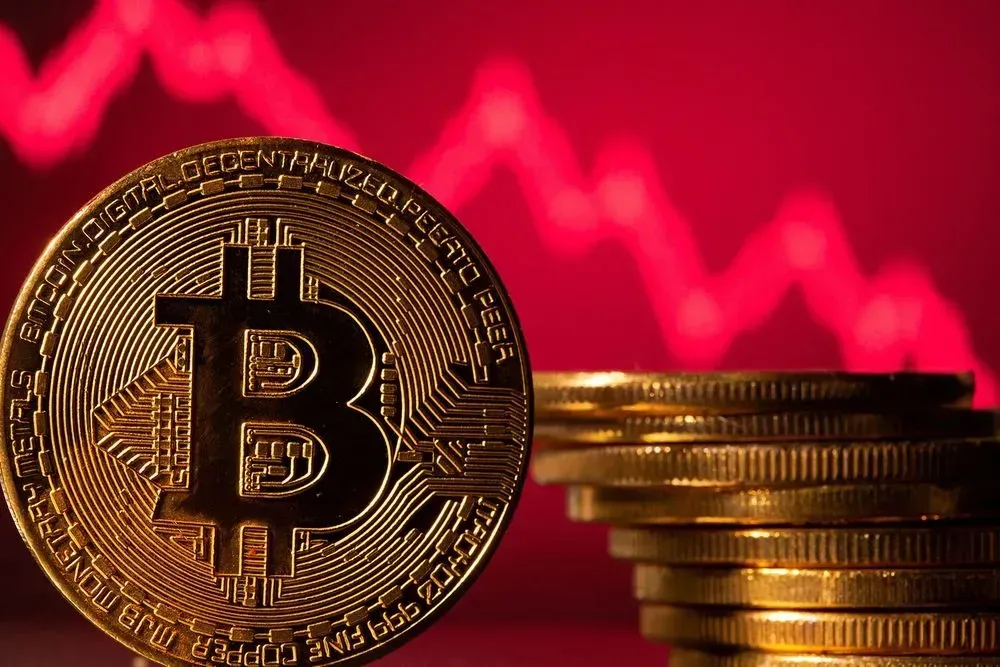
A researcher using the pseudonym Duo Nine has expressed concerns that the outflow of Bitcoin liquidity to DeFi protocols, exchange-traded products, and custodial services could negatively impact the network’s security. He described this phenomenon as a “vampire attack.”
Bitcoin is in trouble.
— Duo Nine ⚡ YCC (@DU09BTC) October 27, 2024
If nothing changes soon, things won’t be pretty.
I’m not talking about the halving schedule or block rewards, it’s much more serious than that.
A thread 1/17 🧵 pic.twitter.com/i1o9TZAlqX
“Bitcoin is in danger. If no action is taken, the consequences will be severe. This isn’t just about halvings or block rewards; the problem runs deeper,” Duo Nine emphasized.
Challenges Facing Bitcoin’s Ecosystem
The researcher noted that Bitcoin’s network is supported by miners, whose revenue depends on increasing transaction fees. However, trends in the Bitcoin ecosystem are reducing on-chain activity.
One such trend is the rising popularity of “wrapped” Bitcoins in the DeFi sector. These native coins remain idle while liquidity and fees move to Ethereum and other blockchains.
“wBTC from BitGo, cbBTC from Coinbase, kBTC from Kraken, and tBTC from Threshold—do you think it will stop there? What happens in ten years?” Duo Nine questioned.
Another factor is the launch of spot Bitcoin ETFs, which have accumulated assets worth over $20 billion. However, the actual coins remain with custodians, while trading occurs using their tokens.
6/ This year, Bitcoin got 11 ETFs approved. Together, they bought over $20 bil worth of BTC so far.
— Duo Nine ⚡ YCC (@DU09BTC) October 27, 2024
Where is all that BTC? Sitting in a wallet with some custodians, DOING NOTHING!
Plus, the ETFs on NASDAQ are selling and buying ETF tokens, NOT native BTC coins! pic.twitter.com/sUbvK1DeCq
Custodial Dependence and Long-Term Implications
A similar situation applies to Bitcoin held in corporate reserves, such as MicroStrategy. Duo Nine argued that reliance on custodians undermines Bitcoin’s core principle of being digital gold.
“BlackRock, Coinbase, and others are selling you IOUs while providing nominal tokens in return,” the expert explained.
As a solution, Duo Nine urged users to store their Bitcoin independently and utilize the blockchain for a wider range of applications.
In the short term, Duo Nine acknowledged that these issues do not pose an immediate threat to the network, as block rewards will sustain miners’ revenues for the next two decades.
Debate in the Community
Some commenters argued that the problem lies more with asset storage by custodians than with the network itself. They also suggested that reduced on-chain activity might make native Bitcoin scarcer, potentially driving up its value.
Interesting read! But couldn’t tools like Runes and Ordinals evolve to the point where DeFi, DePIN, and other functionalities could run natively on the L1 chain?
— Tanssi (@TanssiNetwork) October 28, 2024
Taproot was a big step, and now OP_CAT is promosing even more momentum to the network if approved.
“Interesting point! But could tools like Runes and Ordinals enable DeFi and other functions directly on L1? Taproot was already a significant step, and OP_CAT could provide further momentum,” added developers from Tanssi Network.
Duo Nine agreed, suggesting that current challenges might be resolved within a decade through Bitcoin’s expanding applications.
Related Insights
Michael Saylor, founder of MicroStrategy, has also advocated for self-custody of cryptocurrencies, despite previously supporting custodial storage through major banks.








 Cryptol – your source for the latest news on cryptocurrencies, information technology, and decentralized solutions. Stay informed about the latest trends in the digital world.
Cryptol – your source for the latest news on cryptocurrencies, information technology, and decentralized solutions. Stay informed about the latest trends in the digital world.